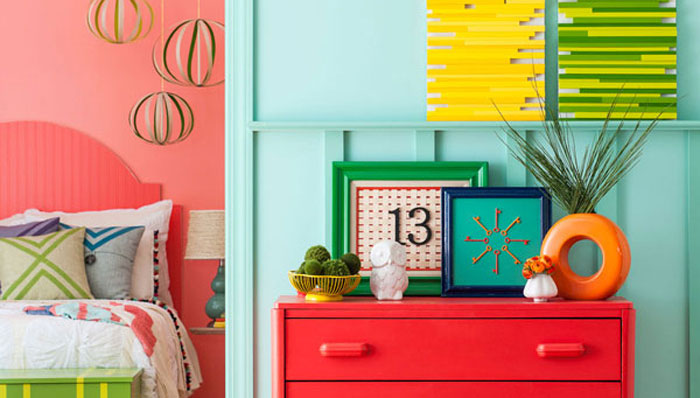The living room is a very versatile space. It can be an informal sitting room for the whole family, a quiet area for relaxation or a more formal hosting space in your house. When you are remodeling or just trying out new things for a change, consider the purpose of your living room, but never forget to have fun. The best designed rooms are the ones which reflect the personality of the people in them.
Built-ins: Good or Bad?
Depending on the functionality of the room, you may want to invest in some built-ins like shelves and cabinets. The great part about built-ins is that they don’t take up much space and give you elements to work the rest of your décor around. The number one built-in is of course a cozy fireplace to hang out around. Bookcases are always a plus. Consider investing in an entertainment center – especially if you want a slightly more formal look.
How to choose Colors and Patterns?

One of the easiest tips for a classy look is to use neutral tones and spice them up with one or two bold colors. For example, use grey tones for everything and add a few bright blue/yellow cushions or wall hangings. This can really help to accent focal points. Always mix up patterns but be careful not to overdo. If you have a plain single-tone couch, use stripes or other patterns for the cushions/throws.
What kind of Flooring to choose?
Flooring is not longer the expensive, intensive operation it used to be. There is a vast array of options at your disposal which include DIY projects. From marble to vinyl and everything in between, you can choose flooring that fits in with your budget and lifestyle. Again, the foremost consideration when choosing a material for flooring is the utility of the room. If you have a separate family room then you have an unlimited choice. But if your living room floor is the central hub of the house you may want to go for something low-maintenance. Wood flooring is never out of fashion and the “mimic” options available in vinyl or porcelain tiles (view samples at GoHaus.com) can give you the perfect blend of durability within budget.
Tips for Small Spaces
A small living room doesn’t need to look cluttered. Use a large rug instead of multiple small ones to give a more unified and spacious look. Avoid using discontinuous flooring if your living room spills over into the kitchen or hall. Natural light brightens up small spaces so don’t board up the windows and use light draperies. Choose built-ins with “hidden” storage options. You can never have enough storage! Sliding barn doors are great area-separators and do not take up space like hinge-doors. Take note of the traffic flow in the room and avoid placing furniture items “in the way”.